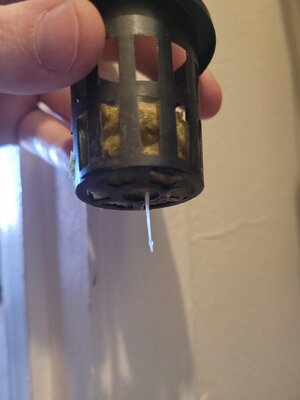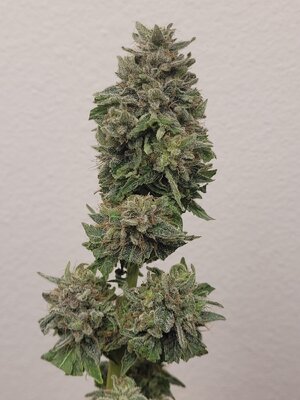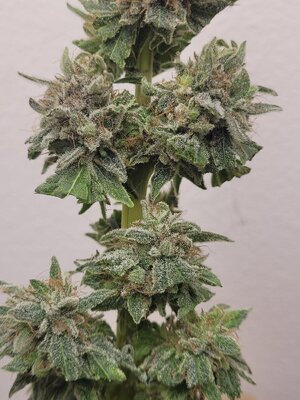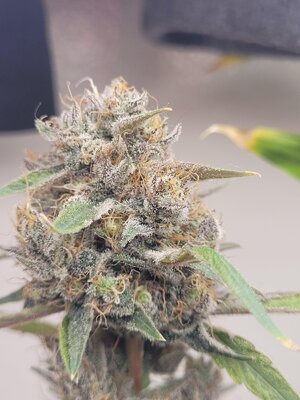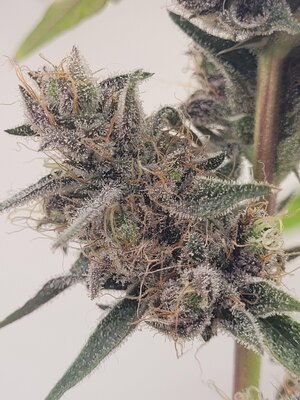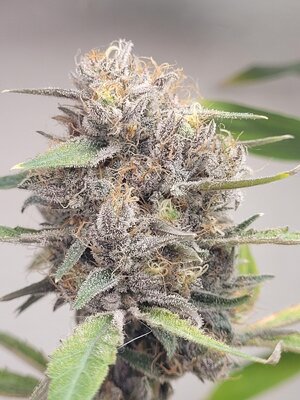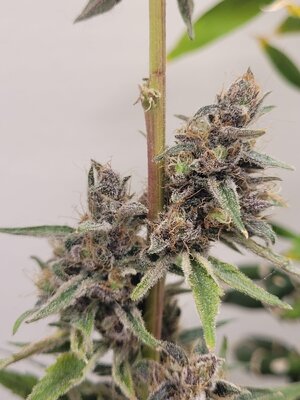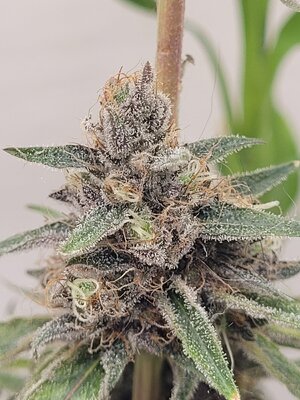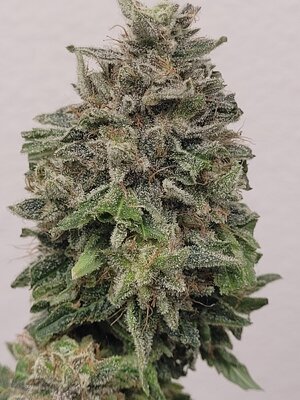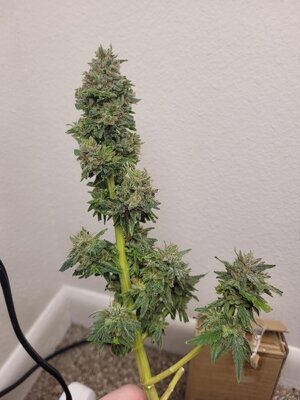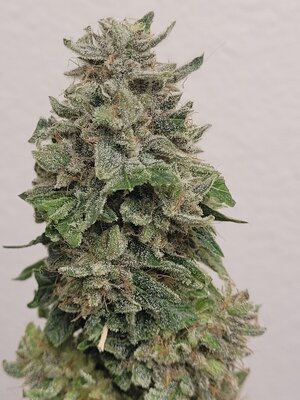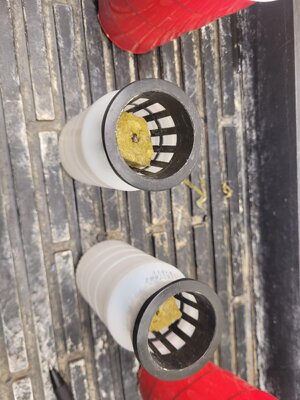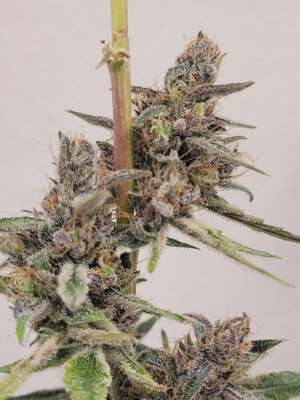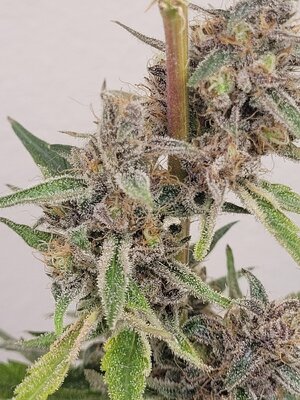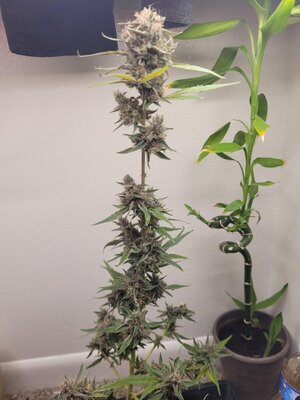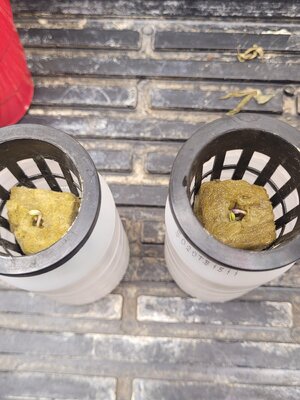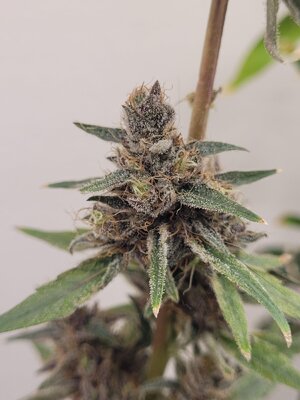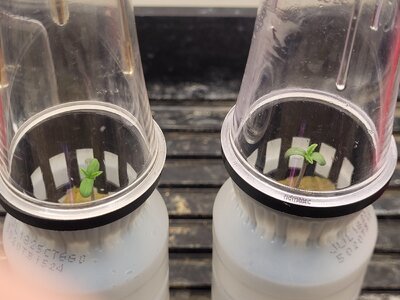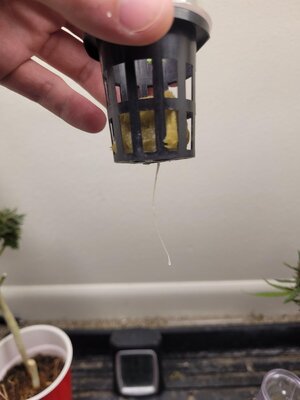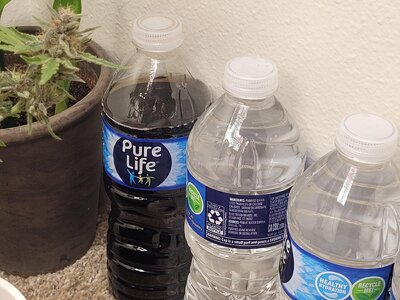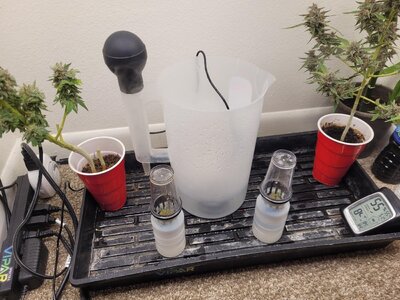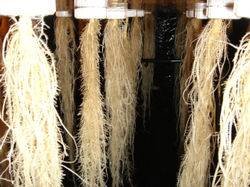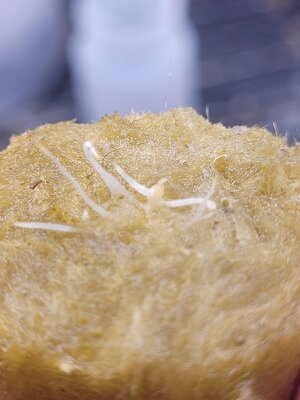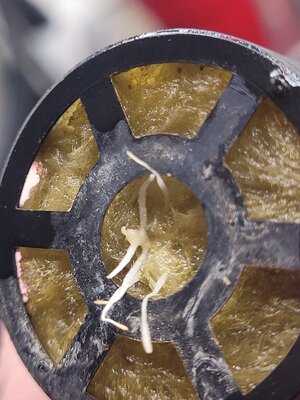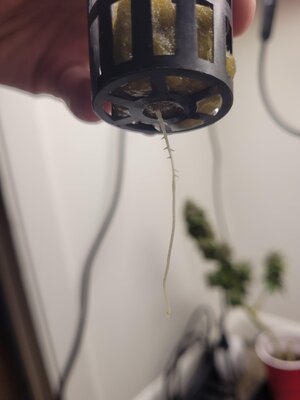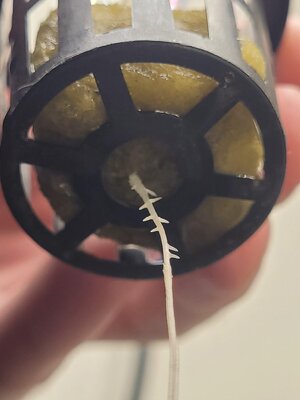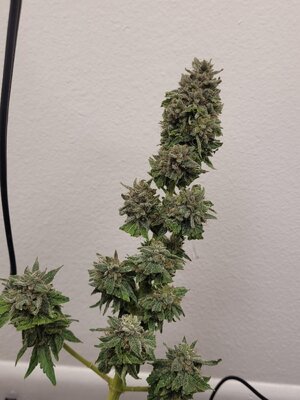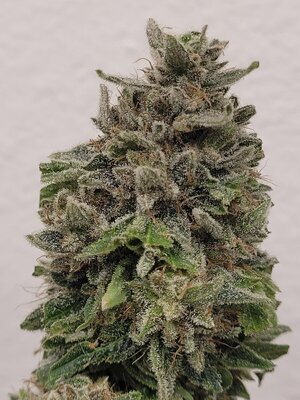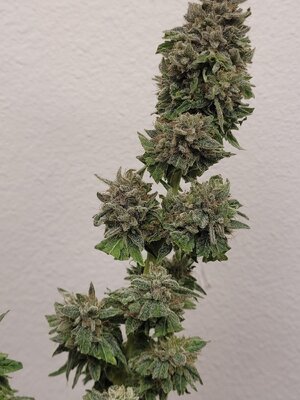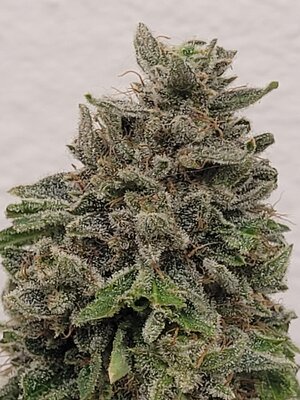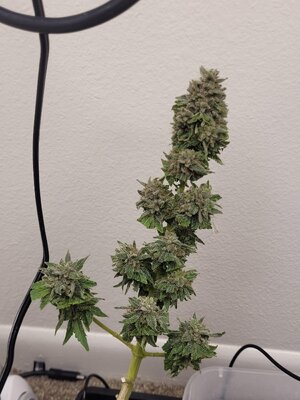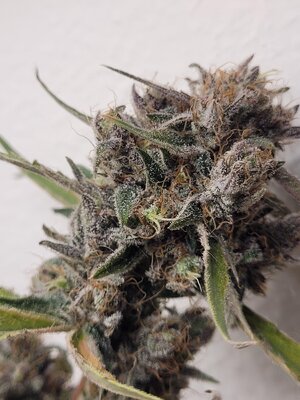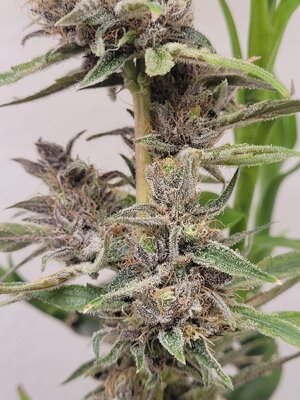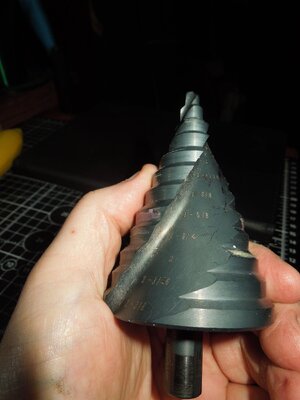thinking about my nutrient ratio for this aeroponics setup
i was using JRCROPTECH 9-17-28 before for RW/coco/
but im pretty sure im going to need to switch it up a little for aero, and i ran out anyways.
Potential Ratio Adjustments:
- Nitrogen (N):
- Given the increased efficiency of nutrient uptake, you might be able to slightly reduce the nitrogen content.
- However, nitrogen is crucial for vegetative growth, so don't reduce it too drastically.
- Pay close attention to leaf color and growth rate to ensure adequate nitrogen levels.
- Phosphorus (P):
- This is where the most significant adjustment might be needed.
- The "17" in your current ratio is relatively high.
- In aeroponics, with enhanced uptake, and especially with Mycorrhizae, excessive phosphorus can easily lead to nutrient imbalances and lockouts.
- Consider reducing the phosphorus content significantly. Start with a much lower P value, and increase slowly if needed.
- Mycorrhizae greatly increase the plants ability to uptake phosphorus, therefore it is very easy to over feed phosphorus.
- Potassium (K):
- Potassium is essential for flowering and overall plant health.
- The "28" might remain relatively stable, but careful monitoring is still crucial.
- Potassium is also important for water regulation, which is vital in the highly oxygenated environment of aeroponics.
- Depending on the strain of plant being grown, the potassium number may need to be increased.
Practical Recommendations:
- Start with a Modified Ratio:
- Consider starting with a ratio closer to 9-10-20, or even lower in phosphorus.
- This provides a more balanced approach that accounts for the increased efficiency of aeroponics and the presence of mycorrhizae.
- Gradual Adjustments:
- Make small, incremental adjustments to the ratio based on your plants' response.
- Pay close attention to leaf color, growth rate, and flowering.
- Monitoring:
- Regularly monitor EC and pH levels.
- Observe plants for signs of nutrient deficiencies or toxicities.
- Mycorrhizal Influence:
- Remember that mycorrhizae will enhance nutrient uptake, especially phosphorus.
- This means you'll likely need to use lower nutrient concentrations overall.
Example Ratio Adjustment Process:
- Initial Ratio: 9-10-20 (or similar lower P value)
- Monitor: EC, pH, plant growth
- Adjust: If plants show signs of phosphorus deficiency, gradually increase the P value. If signs of other deficiencies show, adjust those values.
- Record: Keep detailed records of your adjustments and observations.



